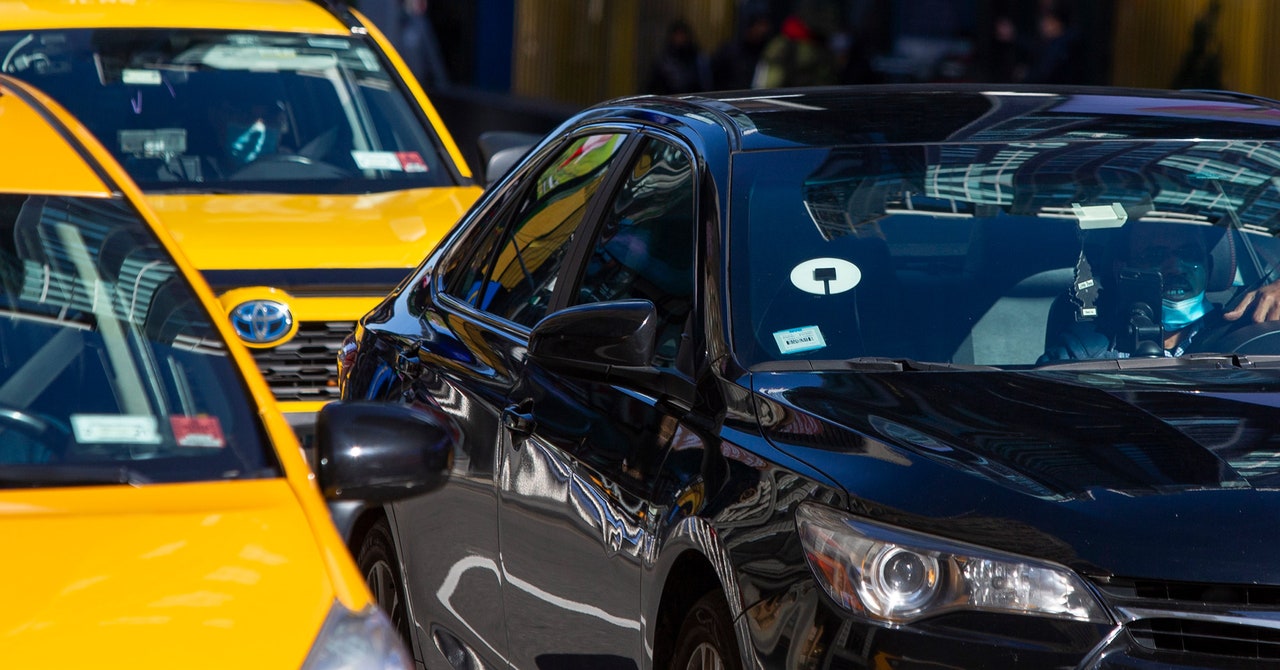In New York in particular, Uber is under pressure, as the city has restricted the number of ride-hail vehicles on the roads since 2018. In January, just over 96,000 driving licenses had been issued in the city, according to the Taxi and Limousine Commission, although 30,000 were not used that month. This new partnership allows Uber to offer more rides without putting more cars on the road.
The move also comes with a nifty benefit for the once volatile company: It could endear Uber to the regulators it used to clash with. From the outset, Uber evaded government taxi rules by insisting it was a tech platform, not a taxi company. Relations deteriorated in 2017, when The New York Times reported that the company had used special software to evade government surveillance. But now, when it comes to partnerships between established local taxis and ride-hail, “regulators want to make this ethos work,” said Daus, the former taxi commissioner. More partnerships between taxi companies and taxi drivers are good for customers, he says, because it gives people easier access to more rides.
Uber has partnered with taxi companies in other places around the world, such as Spain, Colombia, Germany, Austria and Hong Kong, where it purchased a taxi app last year.
The deal must be approved by the city’s taxi and limousine commission. In a statement, Acting Commissioner Ryan Wanttaja said: “We are always interested in innovative tools that can increase economic opportunities for taxi drivers.”
Posting taxis on the Uber app can be good news for wheelchair users. There are fewer than 4,000 wheelchair-accessible ride-hail vehicles on the city’s roads, and riders have complained that they have to wait twice as long to get a wheelchair-accessible ride than those who don’t need them. While the city is lagging behind its court-imposed goal of making half of its yellow taxis wheelchair accessible, adding taxis to the Uber app could double the number of available cars with a few taps.
Meanwhile, New York drivers are still figuring out what the partnership will mean for them. The New York Taxi Worker Alliance, which represents 21,000 drivers in the city, says taxi drivers will earn an average of 15 percent less per trip picking up rides with the Uber app than with the traditional fare.
Uber says when taxis first appear on its app this spring, drivers’ earnings will be based on rules set by the city, but it hasn’t answered questions about what might happen in the future. “If Uber and Curb think they can slip in with a payment structure broken for Uber drivers and put it together on the backs of yellow cab drivers, they are in for a sobering surprise,” said Bhairavi Desai, executive director from the group. in a statement.
Taxi drivers using the . have spoken Time last week said the new deal could help them pick up more trips. Accepting UberX rides could make cab drivers’ ride back to the core city more profitable, as the app’s users are more likely to request rides outside of densely populated Manhattan. But others have been skeptical about Uber’s role in shaking up the industry over the past decade. Unlike other Uber drivers in the city, taxi drivers can see where and how much a ride is worth before accepting the ride, and are not penalized if they are refused before a ride has started. Taxi drivers can also opt out of Uber hail altogether, says Tamam, the CEO of Curb Mobility.
An app-based workers’ group in the city had a slightly different message. “Whether we started driving for Uber five years ago or five minutes ago, what app drivers have in common is that we are underpaid and underprotected by app companies in their relentless pursuit of profit,” said Emma Woods, a Justice Department spokesperson for App Workers, which represents 100,000 drivers and delivery drivers in the city. “We fight for all app workers and we welcome the yellow taxi drivers to join our movement.”
More great WIRED stories

